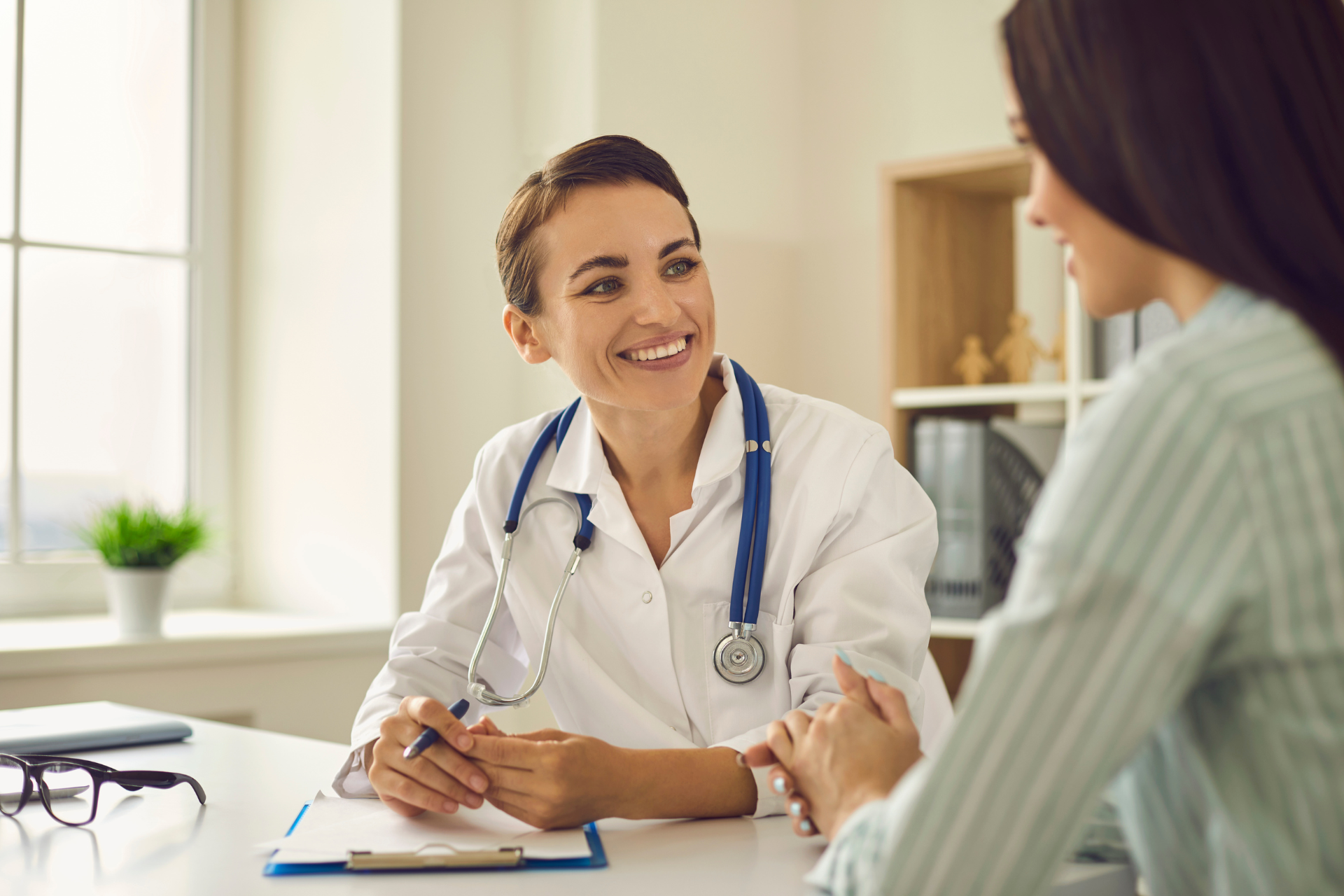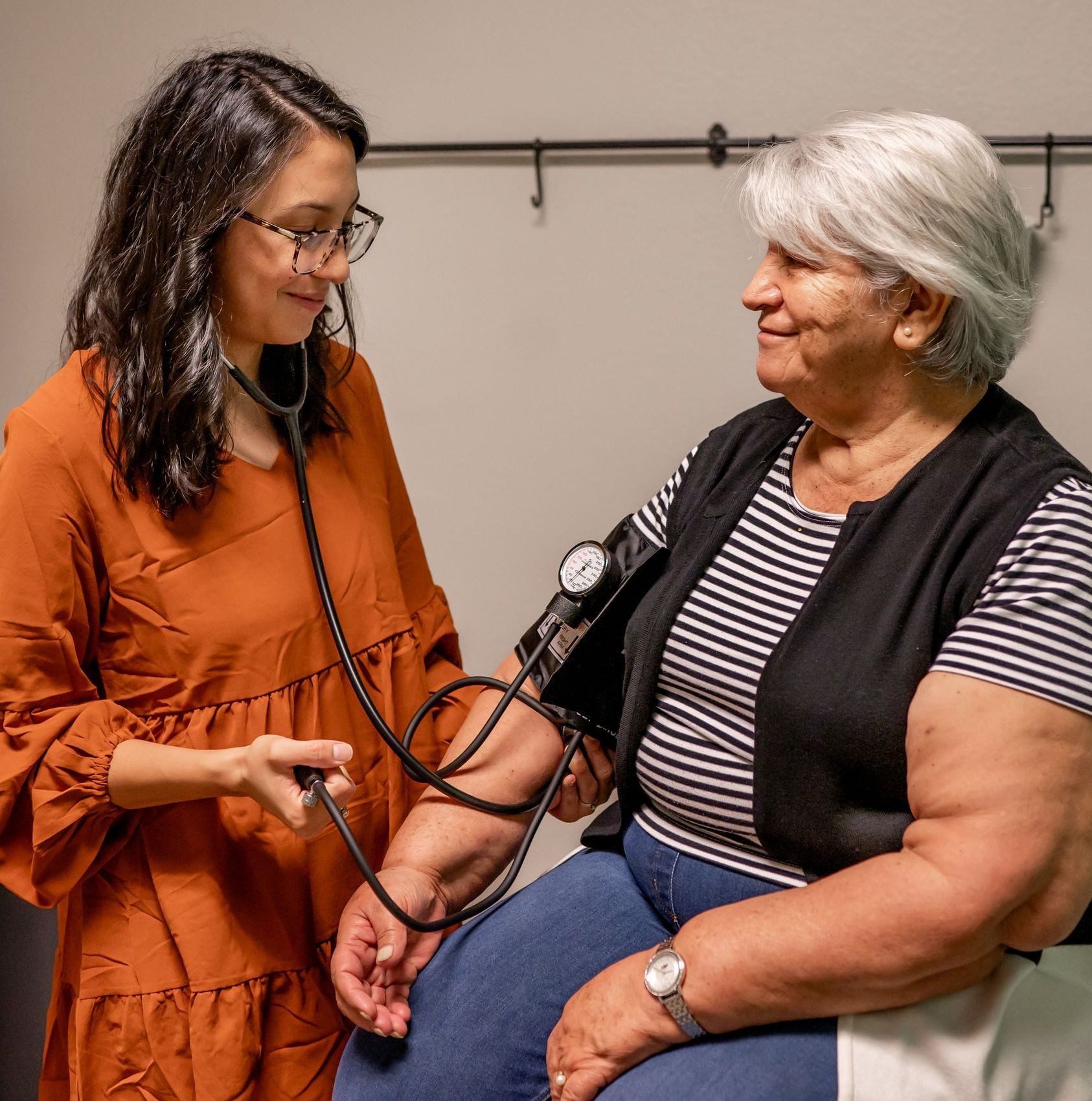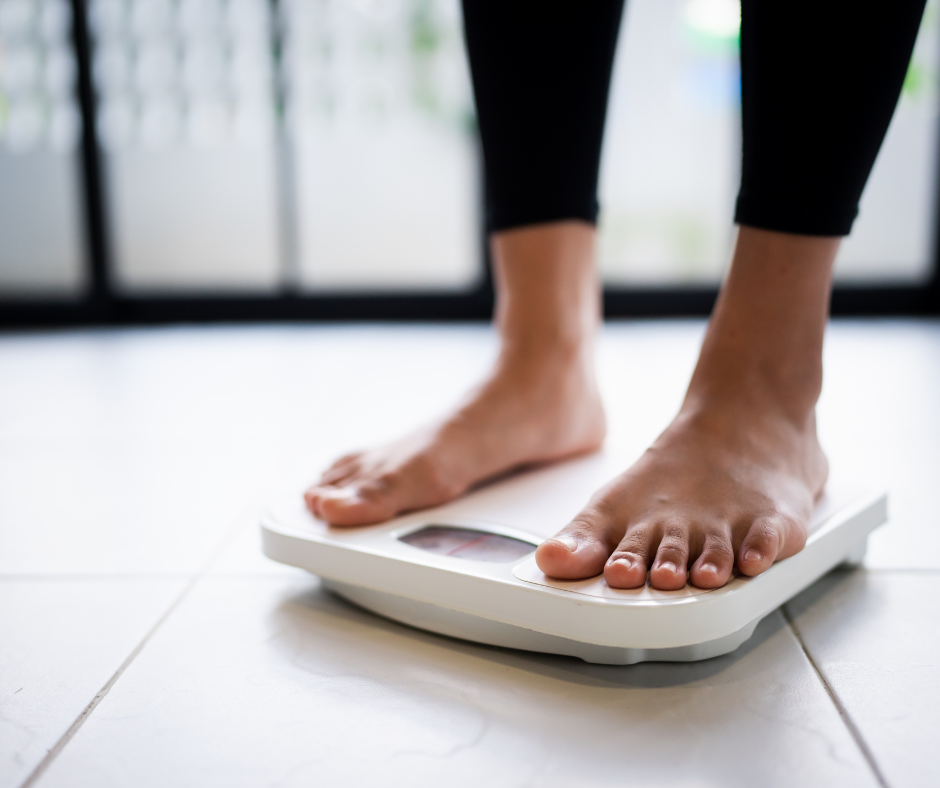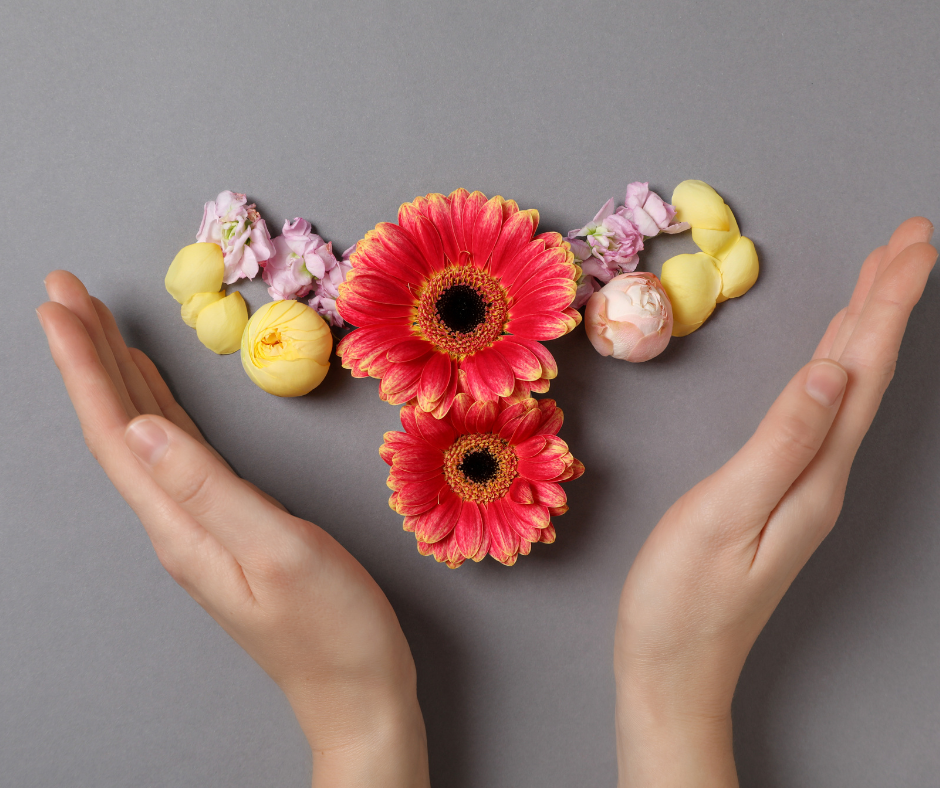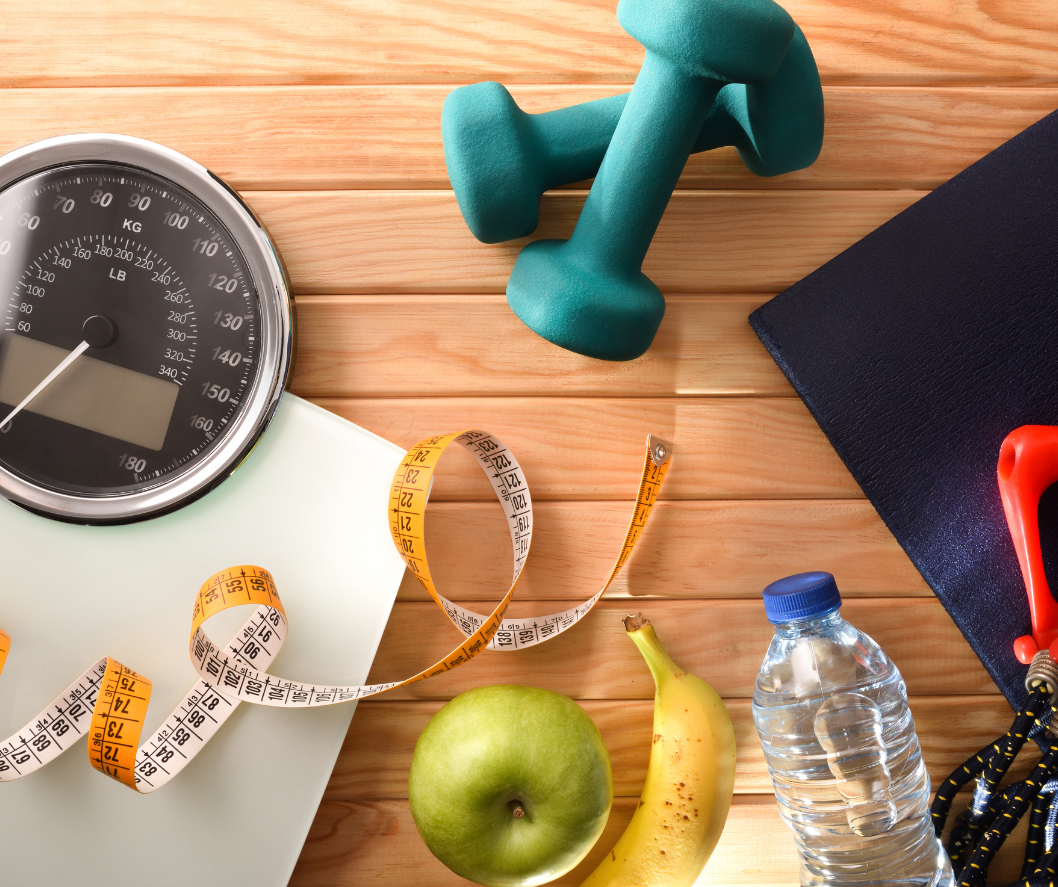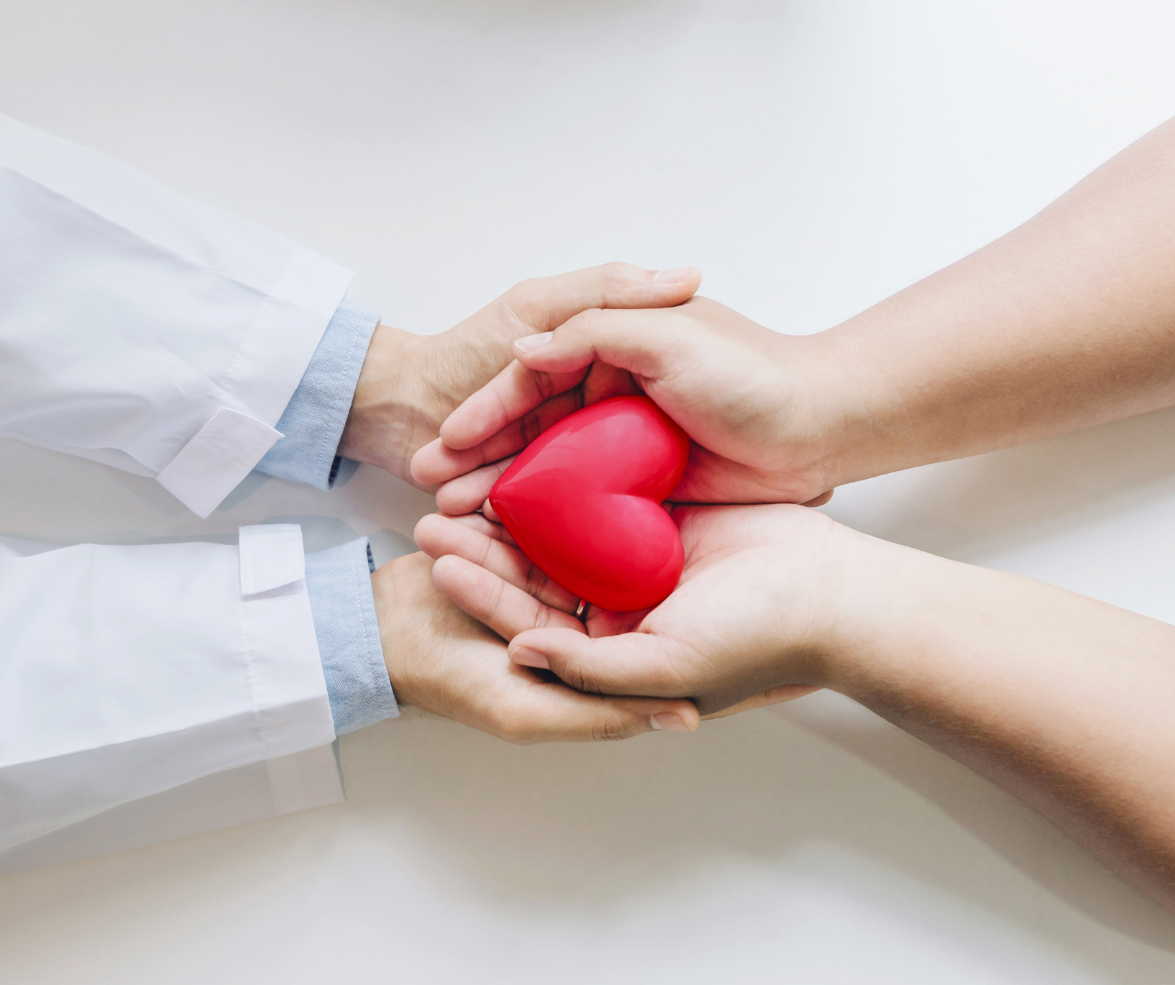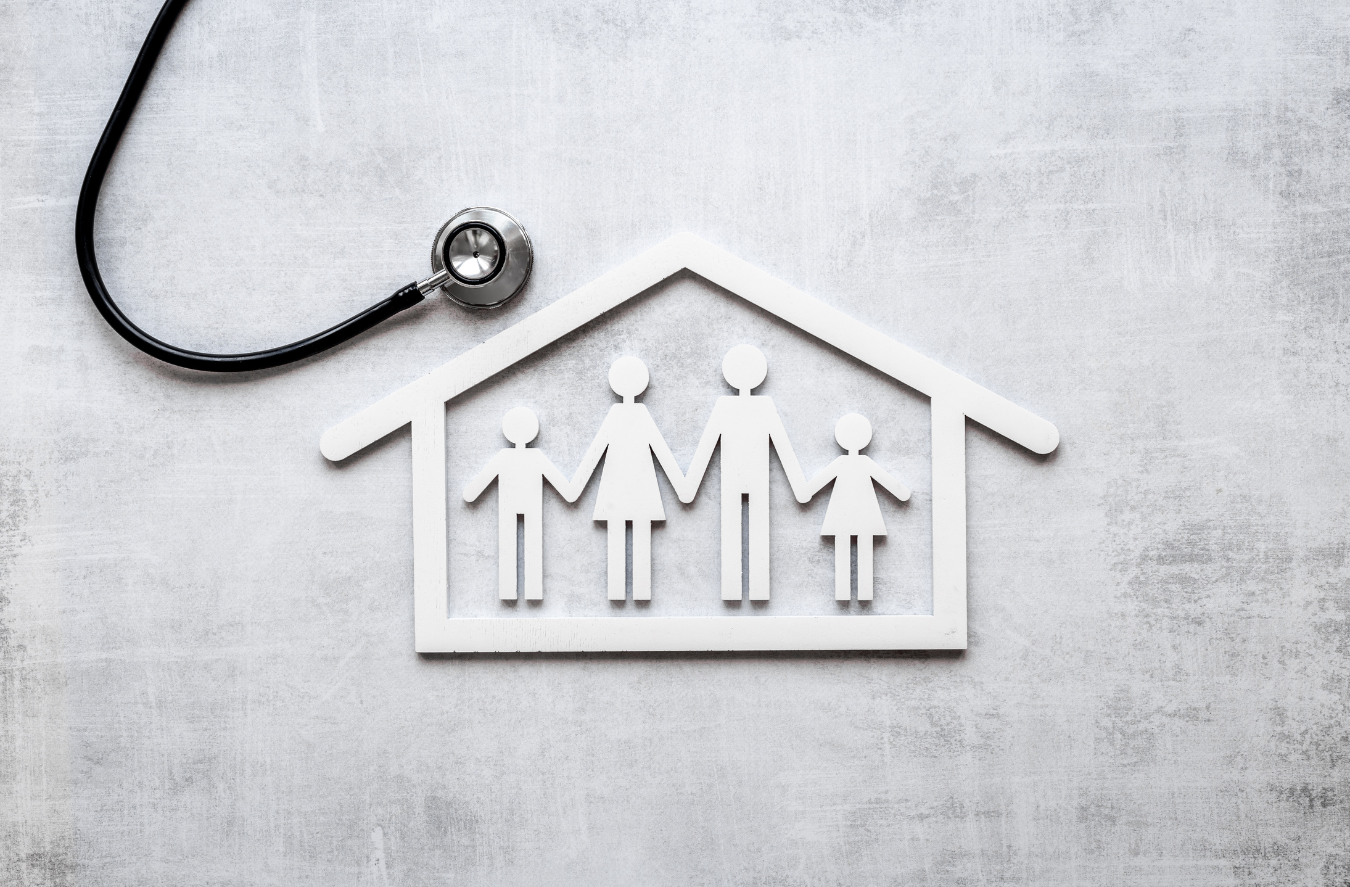Injury Prevention Tips During Outdoor Activities This Summer
This is the first time in the last 2 years that we have been able to enjoy the summer holidays together with our families, friends, and loved ones. As we participate in different activities, we cannot forget the rising health concerns for both children and adults lacking physical movement. The physical and mental benefits are numerous when you get your body moving.
For families looking to create memories that will last a lifetime, they can share outdoor activities with their kids such as;
- Camping
- Hiking
- Walks
- Biking
- Canoeing or Kayaking
- Photography
- Birdwatching
- Swimming
Being outdoors comes with its challenges and most of them are injuries associated with physical activities. Here are a couple of common injuries and their easy solutions if you happen to suffer from any.
Dehydration
This is commonly experienced during hiking, walking, or biking in a dry climate or at a higher altitude than you commonly do, you can get dehydrated very quickly.
Symptoms
- Signs of dehydration that are easy to spot include:
- Dark-colored urine,
- increased heart rate,
- extremely dry mouth,
- lethargy.
Solution
You need to replenish your fluids immediately. Go for pure water or a drink with electrolytes. Ensure you avoid coffee or sodas.
Sunburn
They usually occur when direct sunlight comes in contact with your skin. Dermatologists agree that using sunscreen with an SPF of 30+ can protect your skin from skin cancer cataracts, and harmful UV rays. Avoid if possible, direct sunlight during the hottest time of the day. In many outdoor activities, you can wear a hat and sunglasses which offer additional protection from sunburn.
Solutions
If you find yourself with a sunburn, do the following:
- Get out of the sun and into the shade.
- Drink plenty of water to rehydrate your body
- Apply an aloe-vera-based gel.
- Apply gentle cold compresses.
Plant allergies
Before planning to camp, hike, walk, or bike in an area with a lot of plants, it's advisable to look up what poisonous plant life is indigenous to the area.
Symptoms
- Red rashes
- Itching
- Swelling,
- Bumps on your skins
Solution
If you come into contact with a poisonous plant, here are steps to take:
- Rinse the affected skin with rubbing alcohol immediately.
- Apply wet compresses; hydrocortisone cream and calamine lotion.
- Immediately take an antihistamine to reduce itching.
- If the rash spreads to your face or you have trouble breathing, go to the emergency room or call your provider.
Animal bites
The same prerequisites apply when going hiking, camping, biking, or walking outdoors. Do your research on the animals found in the area. The most common injuries in the wild are snake bites and tick bites.
For snakes, it’s important to know what species of snakes are there and how to recognize them.
Symptoms
- Pain
- Fang (puncture) marks
- Redness & swelling
- Fast heart rate
- Nausea or vomiting
Solutions
- Get immediate help.
- Stay calm, and keep still to avoid spreading the venom through a heightened blood pump.
- Keep the bitten limb lower than the heart.
- Place a constricting bandage two to four inches above the bite mark, and below it, if you can—not too tight; the idea is to stop the lymphatic system from carrying the venom to the heart.
- Clean the wound with soap and water.
- Get to the nearest first aid center as soon as possible for treatment and anti-venom.
Tick bites
It’s important to completely check yourself for ticks after being outdoors. In humans, ticks cause Lyme disease.
If you notice a tick on your body, remove it as soon as possible by:
- Take a pair of tweezers and get them as close to your skin as you can.
- Apply firm and steady pressure; don’t twist or squeeze the tick.
- Clean the area with an antiseptic like iodine scrub or rubbing alcohol
It’s hard to anticipate what could happen while having fun outdoors. That’s why keeping a first aid kit with you will come in handy for physical injuries including:
Blisters
Blisters are both painful and can be a breeding site for bacteria and infections. Most are caused by wearing shoes that don't fit right and are not comfortable over a long period.
Solution
- Do not pop the blister if it's still intact.
- Clean blister area with an antiseptic.
- If you do decide to pop it, ensure you use a sterilized pin and let it drain thoroughly before wrapping it back up after its dries.
- Before you continue your activity, make sure the blister is sterilized, dry, and cushioned to prevent further injury and infection.
Sprains & Strains
A sprain is when a ligament in the body gets stretched or torn. To prevent one during outdoor activities, do prior exercise to loosen your body, wear correct foot gear for the activity, and exercise caution in rocky environments.
Symptoms
These symptoms will include pain, swelling, and not wanting to apply pressure on the area.
Solution
Keep the acronym RICE in mind
- R – Rest. Get off the limb, if possible.
- I – Ice. Ice the area as soon as possible to prevent swelling.
- C – Compress. Wrap the injured area to prevent swelling. Make sure it’s snug, not tight.
- E – Elevate. Once you’re in a safe place, lie down and keep your injured limb elevated.
Cuts & broken bones
It’s common to confuse a broken bone with a sprain or strain. With a fracture, you’ll see a black or blue discoloration around the injured area. The pain will be sharp and you won’t be able to put any weight on the limb.
Solution
- If you have a broken leg or ankle, use a splint. Wrap a splint around the leg and immobilize using anything else you have readily available.
- Do not put any weight on the limb. If you can, use a crutch to support yourself as you get back to seek help.
- When you suffer from a cut, the gushing of blood can be disorienting so stay calm.
Solution
- If you are bleeding immensely, contact medical authorities immediately.
- Compress the wound and elevate it to suppress bleeding.
- Once bleeding has stopped, remove any foreign objects from the wound.
- Rinse thoroughly with clean water.
- Dry the wound then apply antibiotic ointment.
- Bandage the wound with firm pressure (but not too tight as it may cut off blood circulation)

